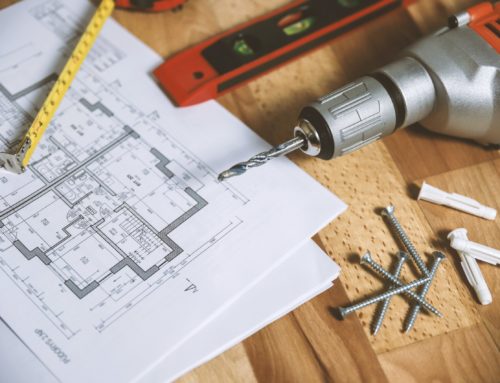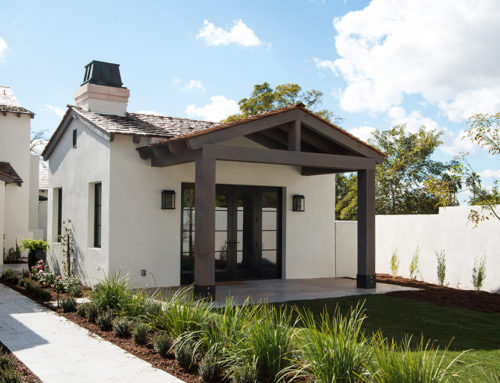Unfortunately, financing remains a big hurdle in bringing more ADU’s to market. If you do not have equity in your primary dwelling or a small pile of cash your options may be limited. Let’s take a look at the different financing methods.
Home Equity Line of Credit (HELOC)
A HELOC is essentially a second mortgage on your house and you can use it when you need it almost like a credit card. While you have the flexibility to draw on the credit only when you need it, the interest rate is usually a variable rate that floats with a market benchmark compared to a fixed rate with home equity loan.
Typically you can borrow between 80 – 85% of your home’s value minus the amount of loans you owe. To qualify, typically lenders will look for a debt-to-income ratio of 43% or less, a 620 credit, and home value that’s 15% more than what you owe.
Let’s say your home is worth $600,000, and your first mortgage is half that at $300,000. The limit on your HELOC would look something like this:
$600,000 x 85% = $510,000
$510,000 – $300,000 = $210,000 HELOC limit
Home Equity Loan / Refinance
Similar to HELOC, a home equity loan is a second mortgage but the main difference is that you receive the lump sum of the loan at a fixed rate. However, the downside is you will have to pay interest on the whole amount instead of just the amount you’ve drawn. The loan limit and criteria is roughly the same as a HELOC as well.
Refinancing is almost the same thing, except that you would borrow enough to pay off the first mortgage first, leaving you with just one mortgage payment instead of two separate ones.

Construction Loan
If home equity is not available, you can consider getting a construction loan. It’s a little bit more complicated as the bank will be looking at not just your credit and income history, but the track record of the builder and the project plans as well.
A construction loan will have a higher interest because it doesn’t have the home as equity (what is the bank going to do with a half-finished ADU or a pile of lumber if you default?) Rates are usually variable as well and you pay interest on the amount that you draw on as the project completes. It can be challenging for the banks to underwrite the loan as ADU’s are new and there are not too many comparable properties transacted to gauge what the appraised value would be.
Renovation Loan
Another way of financing your ADU construction is through renovation loans. These are unsecured personal loans therefore the rates are usually a little bit higher than a home equity loan. I haven’t heard too many people use this before, probably because of the similar hurdler with appraisal and the amount for the loan. I imagine a bank would have an easier time qualifying a garage conversion versus new detached ground-up ADU.
It would work better if you wrap the amount into your mortgage when you purchase the property. You can also consider using an FHA 203(k) loan where you can put as little as 3.5% down. However, the process is more drawn out and you will have to jump through some of HUD’s hoops to qualify. Sellers might flat out reject your offer if you try to use this in a hot market.
In addition, there are also startups that provide the capital for constructing your new ADU in exchange for equity of the future rent. It sounds great but I would have to look at an actual agreement before I’m convinced this is a good option for people. Does this mean they have a lien on your main house? How long is that agreement for? What if you have to sell your property how do you pay back the construction cost? Plus interest? How much interest?





